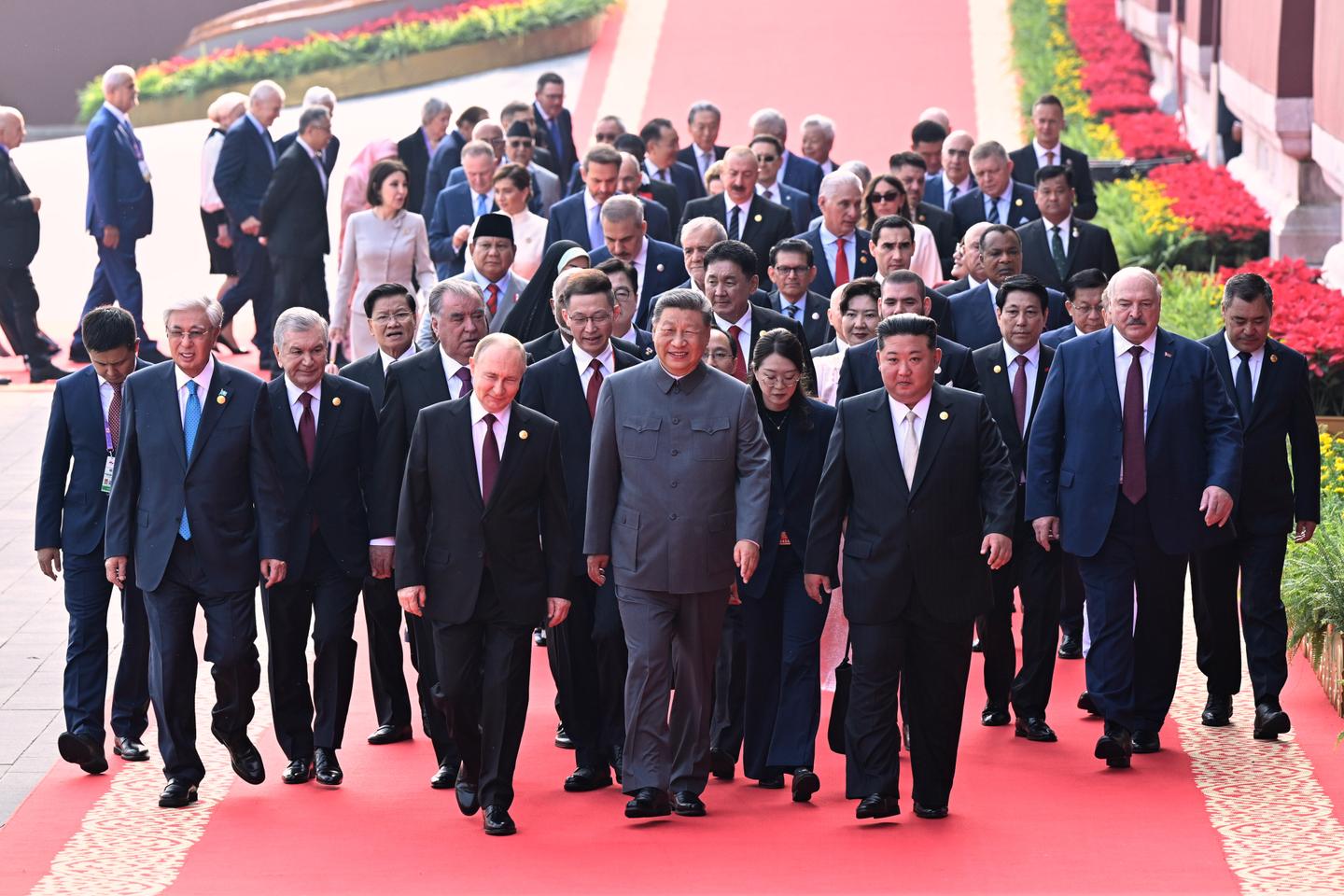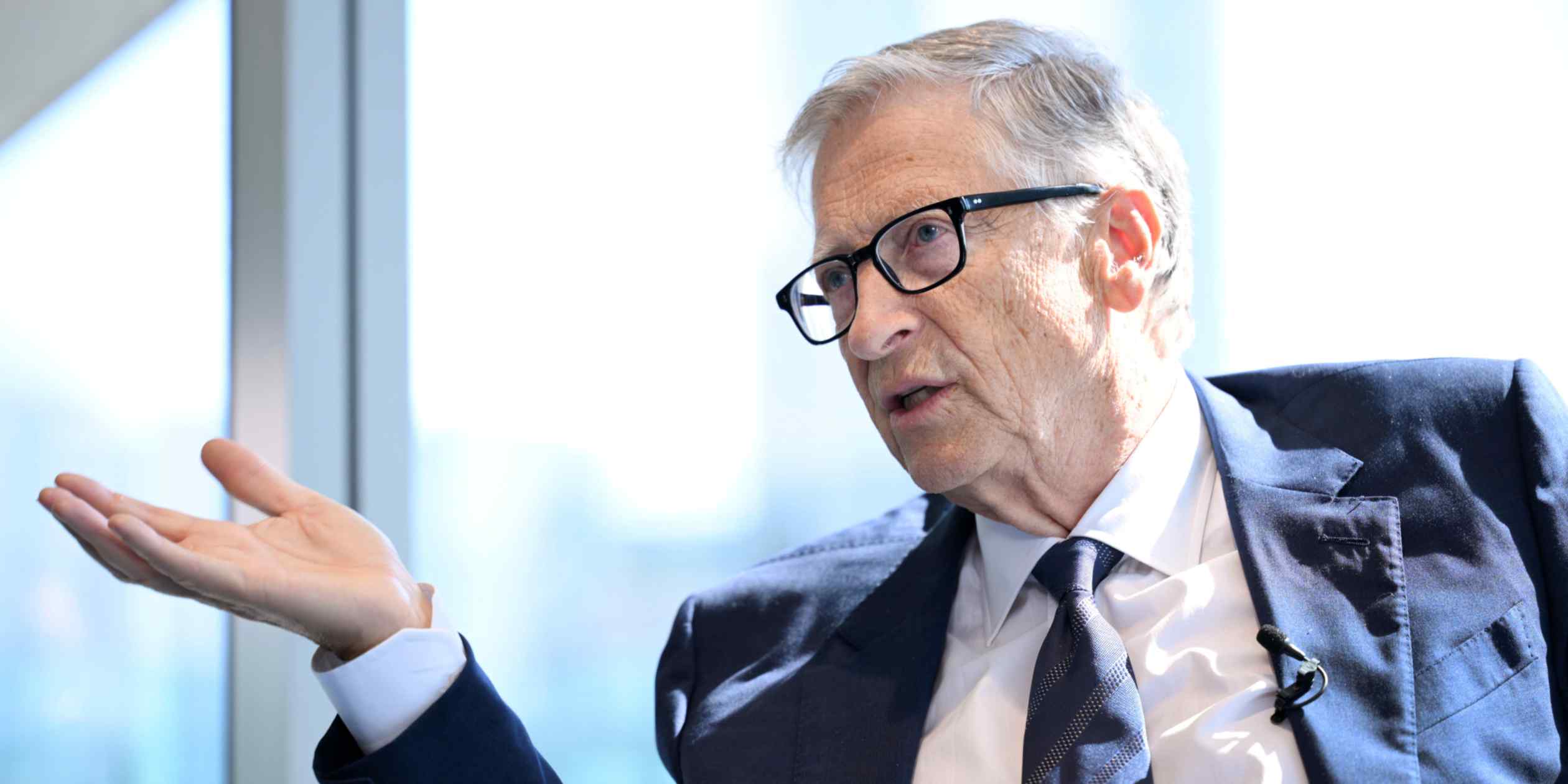In diplomacy, images carry meaning. In just four days, Chinese President Xi Jinping gathered some 30 world leaders to all pose beside him, each thereby endorsing his rhetoric on rebalancing the world order. Xi placed himself at the center, positioning China as an assertive and recognized global power.
On Wednesday, September 3, as he made his way up Beijing’s Eternal Peace avenue to review the 45 military divisions on parade, he did so under the approving gaze of Russian President Vladimir Putin, North Korean dictator Kim Jong Un and Iranian President Masoud Pezeshkian, a quartet assembled for the first time.
With the smooth and diplomatic language of “multilateralism” and “global governance,” China’s leader aimed to recalibrate the world order, which, in his view, has favored the United States and its allies over the last century. To him, the values of democracy and the rule of law championed by the West undermine the legitimacy of regimes such as his own, which he sees as equally capable of delivering economic success and progress for their people.
Ahead of the 80th anniversary of the end of World War II, China also invoked the past to serve its vision for the future. Through documentary series, films, exhibitions, and new publications, Beijing has promoted a narrative that casts China as the lead actor in the war’s victory, alongside the Soviet Union, contesting the version that has given the West a dominant role and supported their claims to moral authority. Xi has depicted China as a guarantor of the international order that emerged after 1945.
Regime shortcomings
This rewriting of history has gone hand in hand with a show of force. On Wednesday, China’s People’s Liberation Army showcased its latest weaponry: a modernized nuclear force, stealth drones able to operate in tandem with fighter aircraft and hypersonic anti-ship missiles designed to block access to US aircraft carriers. These weapons systems, together with the rapid pace of Chinese shipyard production, stand as challenges to US and allied military capacity. China wanted to demonstrate that it would no longer be vanquished as it was by Japan, and that no one could dictate its conduct, even regarding Taiwan.
This display of power also served to mask the regime’s shortcomings – such as the economic slowdown since the Covid-19 years and particularly youth unemployment rates – and to remind its population that only the Chinese Communist Party is able to implement the “great rejuvenation” of the Chinese nation. The emphasis on the emergence of an alternative world, a world for which China claims to speak, must be taken all the more seriously as the behavior of the world’s leading power continues to prove uncertain.
The president of that power, Donald Trump, has fueled the uncertainty himself. His lack of a coherent strategy toward China, his blunders with India, which prompted Prime Minister Narendra Modi to travel to Beijing, his flip-flopping on the war in Ukraine, his indulgence toward autocrats, his rejection of international law and multilateralism, and the trade war he has threatened against the US’s partners have all sown chaos on the world stage and confusion among traditional American allies. Patient and focused on the long term, Xi could not have hoped for a better foil.


